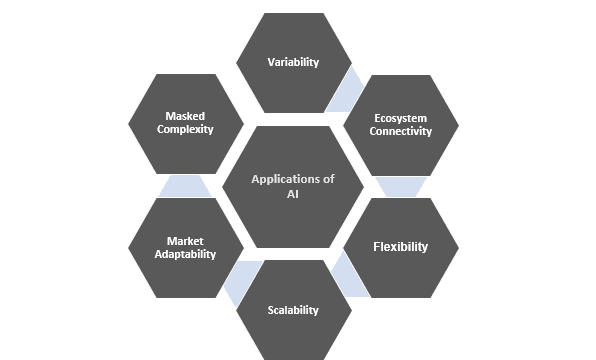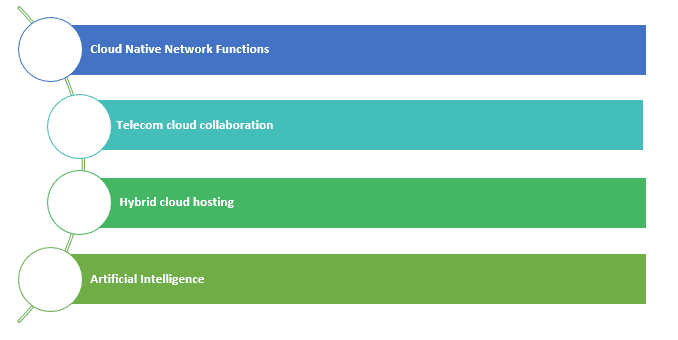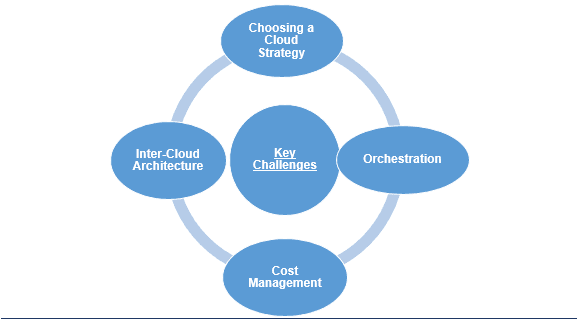Revolutionizing the Telecom Sector: Unleashing the Power of Cloud Adoption
Overview
The provision of on-demand platforms and infrastructure by cloud computing services is essential to the telecoms sector. Telecommunications companies have been battling industry disruption and shrinking revenue streams ever since the emergence of over-the-top streaming services. Since universal connectivity has become a commodity, telcoms must advance beyond network connectivity and offer unique service offerings outside of their core portfolio. The use of cloud technology in the telecom sector can undoubtedly be helpful in this situation.
For telecom operators, the cloud-enabled world opens up a variety of new prospects and revenue sources. Repackaging current hosting and networking capabilities and delivering cloud infrastructure and storage services, fusing cloud and telecom transformation into a potent combination, is one approach to profit. Additionally, telcos can collaborate with cloud software development firms to provide sector-specific solutions for highly regulated industries like healthcare or finance.
Benefits of Cloud Adoption in Telecom Sector
Cloud computing for telecom gives up new potential to generate and deliver business value as well as boost profitability, heralding a revolution in how ICT resources are offered. Cloud technology enables telcos to adapt more quickly and compete more effectively in the new environment because of its unparalleled ease and adaptable pricing methods.
Six transformational cloud enablers that promote company innovation and either cut costs or increase income have been identified by researchers.

Key Trends in Telecom Industry based on Cloud Adoption
Earlier it was observed that telecom sector was lagging behind the cloud. In the past, telcos relied on expensive proprietary hardware to provide a network chain. But a lot has changed during the past few years. The emergence of 5G technology, which is cloud-native, the unanticipated increase in data traffic brought on by the worldwide pandemic, the boom in internet services, and rising customer expectations have forced telcos to update their networks and switch to virtualized and cloud architectures.

Challenges of Cloud Adoption

Some Recent examples of Cloud Adoption by Companies
• O2 Unified Communications, a new hosted IP telephony service from Telefonica O2 Ireland, was made available in 2016. The platform offers mobile telephones, voice mail, instant messaging, and videoconferencing in a single managed cloud-based solution, which is useful for large corporations and public sector organizations.
• By utilizing the cloud to offer adaptable and extremely secure storage for sensitive health data, AT&T Healthcare Community Online seeks to assist healthcare organizations in improving operational efficiencies and streamlining patient care. Experts then combined patient data from multiple sources. Healthcare providers now have a single patient view and immediate access to patient data. They then offer a quicker and more precise diagnosis.
Conclusion
Many businesses stand to benefit from cloud computing as they work to increase productivity and fulfil rising customer expectations. Cloud adoption is essential as telecom companies increase the scope of their services and gradually transition from CSPs to DSPs.
However, selecting the best vendor, strategy, and cloud infrastructure, as well as managing cloud-based architecture, are difficult procedures. The key to a successful cloud adoption is to enlist the help of seasoned experts. More telcos will focus on Cloud Adoption in the coming years and are most likely to succeed and grow with this Technology.
Author: Divyansh Tiwari
